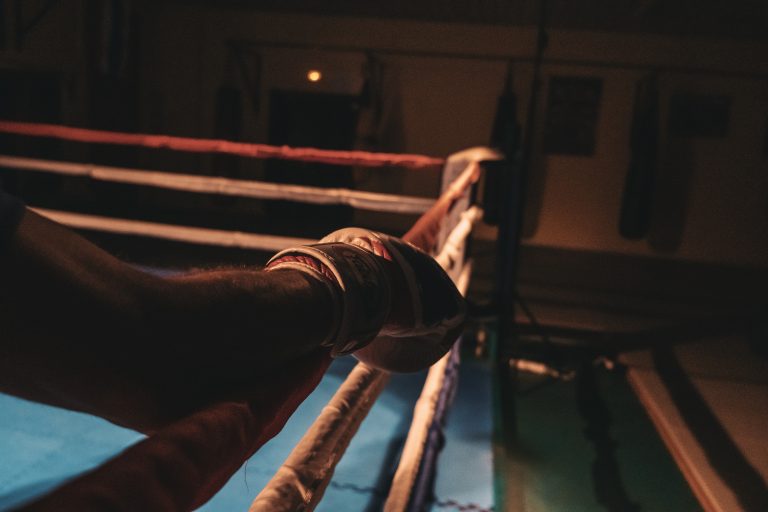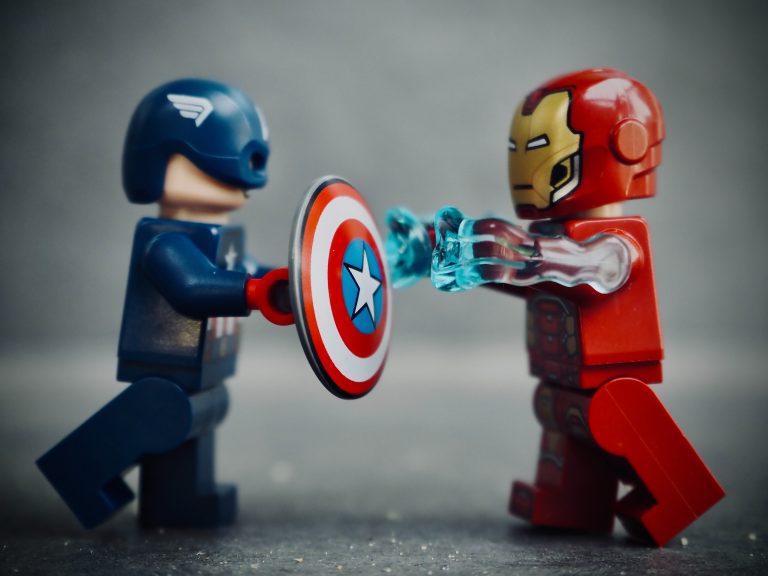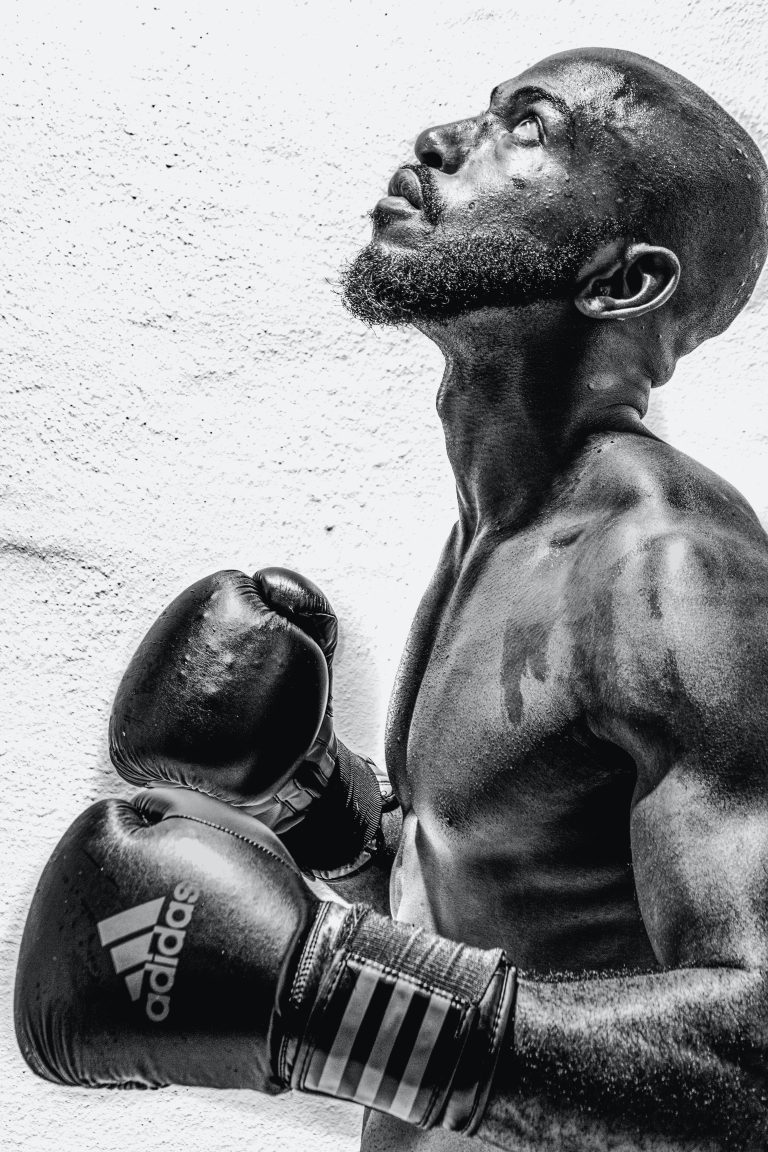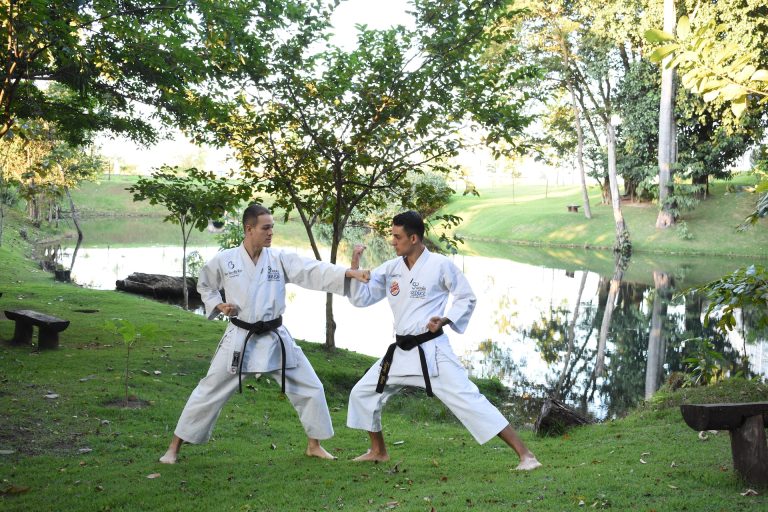When Was Karate Developed?
Karate is a martial art that originated in Okinawa, Japan, and has since grown into a popular competitive sport and self-defense technique worldwide. But when was karate developed, and how did it come to be?
In truth, there is no single answer to this question as the development of karate is a complex and gradual process that evolved over hundreds of years in Okinawa. However, there are a few key milestones and events that we can look at to better understand the history of karate and how the martial art came to be what we know it as today.
The Early History of Karate
The origins of Okinawan martial arts, of which karate is a derivative, can be traced back to the ancient Chinese fighting styles that were brought to the island by Chinese merchants and sailors during the 14th century.
At the time, Okinawa was a small, relatively isolated island located between China and Japan. It was an independent kingdom with a unique culture, language, and customs, and its people adapted the Chinese martial arts they were introduced to in their own way, developing their own unique fighting styles.
These early martial arts styles were known as „Toudi“ or „Tote“ in the Okinawan language, which translates to „China hand.“
The Emergence of Modern Karate
Over time, these early Okinawan martial arts styles evolved and merged, leading to the development of modern karate as we know it today.
One key figure in the development of modern karate was Gichin Funakoshi, a karate master who is often credited with popularizing the martial art outside of Okinawa.
Funkoshi was born in Okinawa in 1868 and began studying karate under some of the top masters on the island at a young age. He went on to develop his own unique style of karate, which he called „Shotokan.“
In 1916, Funakoshi traveled to Japan and introduced his style of karate to the Japanese public, leading to the eventual widespread popularity of karate in Japan and beyond.
The Modern Era of Karate
Today, karate is a popular competitive sport and self-defense technique practiced by millions of people around the world. It is included in events like the Olympics and has numerous international competitions and organizations dedicated to the sport.
Modern karate is often divided into two main categories – traditional and sport karate. Traditional karate focuses on the martial art’s history and philosophy, while sport karate emphasizes competition and performance.
The Most Frequent Asked Questions about When Karate was Developed
Karate is a martial art that was developed on the Ryukyu Islands, Japan. The exact origin of the art is still a subject of debate, and many people have many questions surrounding the question „when was karate developed?“. Hence, in this blog post, we will try to answer some of the most frequently asked questions about the development of karate.
Question #1: When was Karate first developed?
The origins of karate can be traced back to the 8th century, when Indian Buddhist monk Bodhidharma visited the Shaolin Temple in Henan Province, China. It is believed that during this time, he taught the monks physical and mental exercises that later evolved into the Shaolin martial arts, which eventually made their way to Okinawa, Japan. The Okinawan masters then developed karate from these Chinese martial arts, incorporating their own unique techniques and philosophies.
Question #2: What is the history of Okinawa?
Okinawa is a small island located between Japan and Taiwan. It was an independent kingdom until it was conquered by Japan in the late 19th century. Okinawa has a rich history and culture, and it is believed that karate was developed as a means of self-defense for Okinawan peasants who were not allowed to carry weapons during the Japanese occupation.
Question #3: Who is the father of modern karate?
Gichin Funakoshi is often credited as the father of modern karate. He was a student of several Okinawan masters and is the founder of the Shotokan style of karate. Funakoshi introduced karate to mainland Japan in the early 20th century, and it quickly gained popularity.
Question #4: When did karate become an Olympic sport?
Karate was officially recognized as an Olympic sport in 2016, and it made its debut in the 2021 Tokyo Olympics. However, it will not be included in the Paris 2024 Olympics.
Question #5: How has karate evolved over time?
While the basic techniques of karate have remained the same, the art has evolved over time to include new training methods and styles. In addition, karate has become more popular as a sport, leading to the standardization of rules and regulations for competitions.
Question #6: Is karate still relevant today?
Yes, karate is still relevant today. While it is often thought of as a means of self-defense, it is also practiced for its physical, mental, and spiritual benefits. Karate can improve fitness, flexibility, coordination, and focus, making it a popular activity for people of all ages.
In conclusion, karate is a martial art that has a rich history and has evolved over time. While the exact origin of the art is still a subject of debate, it is clear that karate is still relevant today and has become a popular sport around the world.
How to Find out When Karate was Developed
If you’re curious about the origins of karate, you’re not alone. Many martial arts enthusiasts are interested in the history and evolution of this popular art form. Fortunately, finding information about the development of karate isn’t too difficult if you know where to look. In this guide, we’ll show you how to research the history of karate and learn when it was first introduced.
Step 1: Determine Which Style of Karate You’re Interested In
Before you begin your research, it’s important to understand that there are many different styles of karate. Each style has its unique history and development, and some may have different founding dates. Some of the most popular styles of karate are Shotokan, Goju-ryu, and Shito-ryu, but there are many others.
Step 2: Research the Origins of Karate in Okinawa
Most historians agree that karate originated in Okinawa, a small island located south of Japan. The earliest forms of karate were likely developed by the Okinawan people as a means of self-defense. To learn more about these early forms of karate, you can research the history of Okinawa and the various influences that shaped its martial arts traditions.
Step 3: Study the Influence of Chinese Kung Fu
Another important factor in the development of karate is the influence of Chinese martial arts, particularly kung fu. As Okinawa was an important trading hub between China and Japan, it’s likely that some Okinawan martial artists would have been exposed to kung fu and adapted its techniques into their own styles. Learning more about the history of kung fu and its spread across Asia can help you understand how it influenced the development of karate.
Step 4: Explore the Impact of Japanese Martial Arts
In the early 20th century, karate was introduced to Japan, where it underwent further development and refinement. During this time, Japanese martial arts masters like Gichin Funakoshi helped bring karate to a wider audience and develop a standardized form of the art. To learn more about this period in karate’s history, you can research the cultural and social factors that led to its introduction in Japan and the establishment of different karate schools.
Step 5: Look for Reliable Sources
While there is plenty of information available online about the history of karate, not all of it is accurate or reliable. When researching the development of karate, it’s important to look for sources that are credible and well-informed. Some good places to begin your search include academic journals, books written by respected martial arts practitioners, and websites run by reputable karate organizations.
Step 6: Consider Taking a Karate History Course
If you’re serious about learning the history of karate, you may want to consider taking a course or workshop specifically focused on this topic. Many martial arts schools offer such courses, which can provide in-depth information about the origins and development of karate. You can also look for online courses or webinars that cover this material.
Conclusion
By following these steps, you can begin to uncover the fascinating history of karate and learn more about its development over time. Remember to approach your research with an open mind and a critical eye, and be willing to dig deep to find the most accurate and credible information available. With persistence and dedication, you can gain a deeper appreciation for this ancient and revered martial art.
Inhaltsverzeichnis






